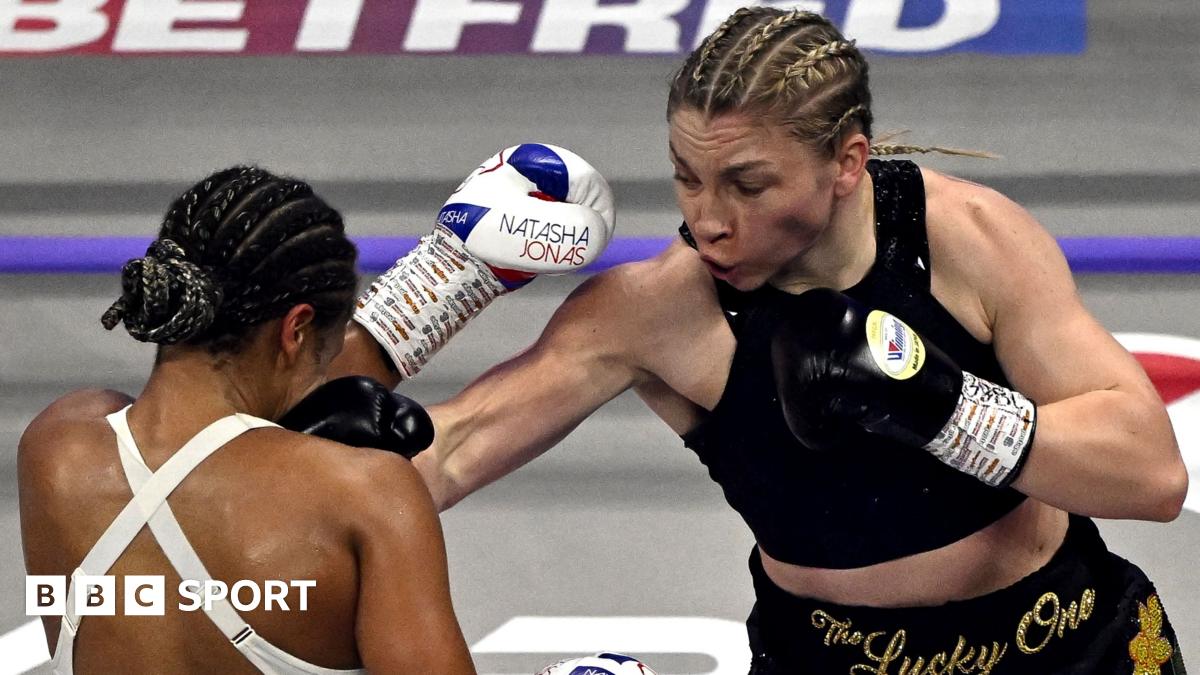How do equestrian events at the Paris Olympics 2024 work? All you need to know

We are now well into the swing of the Paris Olympics 2024 and Team GB are off to a flying start.
The first gold medal for Great Britain at the Olympics was claimed on day three in the team eventing competition.
But how much do you know about the equestrian sport?
Taking place between July 27 and August 6 at the Palace of Versailles – this is everything you need to know about the equestrian events in Paris this year.
What are the equestrian disciplines?
There are three equestrian disciplines at the Olympics – dressage, jumping and eventing. Dressage consists of multiple Grand Prix tests where pairings are awarded marks for routines in which they perform predetermined paces, transitions, and movements from memory.
Jumping (often known as show jumping) sees horse and rider clear a number of obstacles in a prescribed course.
The aim is to clear as many fences without dislodging them and in the quickest time possible.
Eventing is a three-day competition that combines dressage, show jumping and cross-country to create the ultimate test of horse and rider.
Often likened to a triathlon, eventing requires trust, bravery and versatility as riders compete on the same horse throughout the phases.
The first phase is a dressage test, followed by cross-country – a timed ride in the open over a series of solid obstacles – and then jumping.
How many medal opportunities are there?
Each of the equestrian disciplines feature individual and team medal opportunities.
How is dressage scored?
There are five judges evaluating the movements and transitions of horses and riders on a scale of 0-10. A score of zero signifies the movement was not performed, 5 is “satisfactory” and 10 is “excellent”.
A final four “collective” marks are given for freedom and regularity of the paces, the impulsion of the horse, the submission of the horse, and the position and form of the rider.
Awarded marks are added up, divided by the total number of marks available and multiplied by 100 to give a percentage. The rider with the highest percentage wins.
Team GB’s Top 5 Olympic Events
What are the paces and movements in dressage?
Paces: Paces refer to the different gaits of a horse shown during a test – walk, trot and canter. Within these paces are various ‘types’. For example, there are four types of walk: medium walk, collected walk, extended walk and free walk.
Each of these types have set characteristics the horse and rider should meet for the highest score possible, assessed through various factors like the cadence, collection, rhythm, and engagement with the motion through the horse’s body.
Movements: Grand Prix tests involve advanced dressage movements such as passage, piaffe, pirouettes in walk and canter, shoulder in, half-pass and flying changes.
These are also assessed by judges who will look for key attributes in each movement.
How do the equestrian events at the Olympics work?
Dressage
The Grand Prix starts the dressage and is a qualifier for the individual and team competitions.
Athletes are drawn into six heats comprising of ten pairings. The Grand Prix results of the team members are added up with the top eight teams qualifying for the team final (Grand Prix Special).
The top two pairings from each heat and the next six best ranked qualify for the individual final (Grand Prix Freestyle).
Great Britain’s Laura Collett aboard London 52 (Image: David Davies/PA)
In the Grand Prix Special (team final), the team medals are determined solely on the results achieved in the Special.
In the Grand Prix Freestyle (individual final), the athletes design their own tests incorporating 16 compulsory movements to their choice of music.
Jumping
The individual qualifying competition advances the top 30 combinations to the final based on their accumulated penalties from completing a 12 to 14 obstacle course.
The individual final is a 12 to 15 obstacle course where athletes are ranked on accumulated penalties. In the event of a tie in medal position, there will be a jump-off.
The first day of the team event also involves a qualifier where penalties will be combined from the three team members. The top ten teams advance to the team final.
Recommended reading:
Eventing
After all three phases, team medals are awarded based on the combined scores of team members with the team with the lowest number of penalties taking gold. For the individual medals, the top 25 athletes complete a second round of jumping to determine their rankings.
How many riders are in an equestrian team?
There is a maximum of three riders per NOC (National Olympic Committee) in a team. Team GB has secured the full nine quota spots for Paris 2024, three for each discipline.
With more than £30M a week raised for Good Causes, including vital funding into elite and grassroots sport, National Lottery players support our Olympic and Paralympic athletes to live their dreams and make the nation proud, as well as providing more opportunities for people to take part in sport. To find out more visit: www.lotterygoodcauses.org.uk
Related
Jonas vs Price: How women’s boxing can become centre stage…
The iconic Royal Albert Hall has hosted pugilism for over a century, welcomed key political figures and showcased musical superstars.On Friday evening, a women'
Belgian Darts Open: Ryan Searle sets up Luke Littler showdown…
Ryan Searle set up a showdown with world champion Luke Littler and Mike De Decker booked a reunion with world No 1 Luke Humphries
Sky Sports presenter reveals she has a brain infection following…
A Sky Sports presenter has revealed she has a brain infection after battling cancer.Emma Saunders, who works as a presenter and match day reporter for Sky, was
Jonas vs Price as it happened: Reaction, analysis, boxing results,…
'I want to go back to Wales'published at 23:37 Greenwich Mean Time 7 March23:37 GMT 7 MarchPrice beats Jonas by unanimous decisionLauren Price speaking to Sky S













